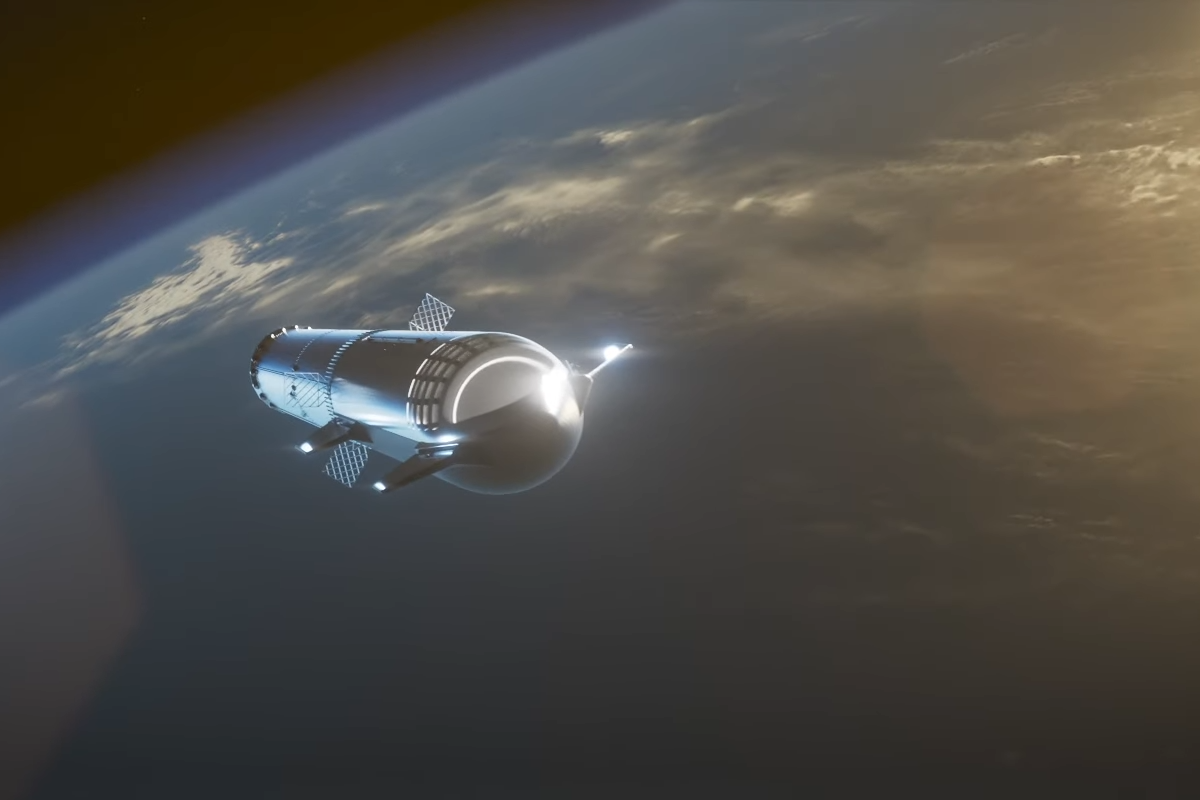
Introduction to SpaceX’s Mars Exploration Program
SpaceX, founded by Elon Musk in 2002, has a pivotal vision of making life multiplanetary, with Mars as a central focus of its ambitions. The company’s Mars exploration program is underpinned by long-term objectives that include the transportation of humans to the Red Planet and establishing a sustainable human presence there. Central to these aspirations is the understanding of Martian geography, climate, and resources, which are crucial for successful human colonization. Recently, SpaceX launched a new satellite aimed at enhancing our knowledge of Mars, marking a significant step in this journey.
The importance of satellite missions cannot be overstated, as they play a critical role in conducting preliminary research prior to crewed missions. By deploying advanced satellites, SpaceX aims to gather essential data that will inform future manned missions to Mars. These satellites are equipped with sophisticated instruments capable of analyzing the Martian surface, atmosphere, and potential resources. Understanding these elements is vital for ensuring the safety and sustainability of human life on Mars.
The new satellite is designed to provide high-resolution images and detailed information regarding Martian geography, helping to map surface features and identify potential landing sites. By exploring the climate patterns on Mars, scientists can gain insights into weather conditions and seasonal changes, thereby preparing for future human activities on the planet. This strategic approach, which combines satellite observation with cutting-edge technology, will significantly enhance our comprehension of Mars and provide a solid foundation for upcoming exploratory missions.
Details of the Newly Launched Satellite
Recently, SpaceX achieved a significant milestone with the launch of a state-of-the-art satellite designed to enhance our understanding of Mars. This new satellite is equipped with advanced technological features that distinguish it from prior missions aimed at Martian exploration. One of the most notable innovations is its high-resolution imaging system, enabling scientists to capture detailed images of the Martian surface and analyze geological formations with unprecedented clarity.
The satellite is also outfitted with a suite of sophisticated instruments, including spectrometers, which will facilitate the analysis of the Martian atmosphere and surface composition. This capability allows researchers to investigate the presence of water, mineral resources, and other essential elements that may support future exploration or even human habitation on the planet. The data collected will contribute significantly to our scientific objectives, including the ongoing quest to understand Mars’s potential for life and its climatic history.
SpaceX utilized the Falcon 9 launch vehicle for this mission, a reliable rocket known for its reusability, thereby reducing launch costs and increasing mission efficiency. The satellite was successfully deployed into a stable orbit around Mars, marking the beginning of its operational phase, which is expected to last at least five Earth years. Throughout this period, scientists will continuously receive data and imagery, significantly advancing our knowledge of the planet’s environment and surface dynamics.
With its advanced technology and robust scientific instruments, this new satellite represents a leap forward in Martian research. It promises to deliver groundbreaking insights while paving the way for future exploratory missions beyond robotic observation to potentially human exploration.
Significance of the Mission for Martian Research
The recent launch of SpaceX’s new satellite dedicated to Mars exploration marks a pivotal advancement in our understanding of the Red Planet. This mission is anticipated to significantly contribute to Martian research by providing high-resolution data about the Martian environment, including detailed insights into its geology, climate, and potential habitability. By utilizing advanced sensors and imaging technology, the satellite is set to capture unprecedented images and measure atmospheric conditions, enhancing our comprehension of Martian phenomena.
One of the primary objectives of this mission is to investigate the signs of water presence, both past and present. Water remains a crucial element for any life form, and discovering its historical existence could unlock vital clues about the possibility of extraterrestrial life on Mars. Previous missions have indicated that liquid water may have existed on the planet’s surface, and this satellite aims to provide conclusive evidence through its data collection efforts.
Expert opinions from leading scientists suggest that the findings from this satellite could transform our understanding of Mars and inform future explorations. According to Dr. Elena Rodriguez, a prominent astrobiologist, “This mission will offer insights that can potentially identify biosignatures, which may indicate the past or present existence of life on Mars.” Furthermore, research teams are eager to analyze the data for implications related to future human colonization of Mars. As human spaceflight becomes a more tangible goal, understanding the planet’s resources, environmental conditions, and potential hazards will be critical for sustaining human life.
In essence, this mission represents a significant step forward in Martian research, with the potential to reshape our perspectives on life beyond Earth and guide the preparation for future manned missions. The anticipation surrounding the satellite’s findings reflects a shared hope within the scientific community that this new era of exploration will yield transformative data and insights.
Future Prospects and Implications for Space Exploration
The recent launch of SpaceX’s satellite to explore Mars marks a significant milestone in our understanding of the red planet and the broader field of space exploration. As technological advancements and innovative strategies in space missions continue to evolve, their implications extend far beyond just Martian research. The successful deployment of this satellite not only enhances our capabilities to gather invaluable data about Mars’ atmosphere, geology, and potential for past life but also sets a precedent for future explorations of other celestial bodies, including asteroids and moons within our solar system.
One critical aspect of this launch is the opening up of collaborative opportunities among various space agencies worldwide. The ability to share data collected by the satellite with organizations like NASA, the European Space Agency, and even emerging space programs in other countries fosters an environment of cooperative exploration. This joint effort could lead to the development of more comprehensive research missions, as insights gathered from the Mars satellite can be applied to understand planetary bodies with similar characteristics, further enriching our knowledge base in planetary science.
Moreover, the engagement of private sectors, exemplified by SpaceX’s involvement in space exploration, signals a transformative shift in how missions are conceptualized and executed. The participation of private companies not only enhances innovation through competition but also presents opportunities for funding and technological support. This engagement is likely to inspire more groundbreaking initiatives, such as crewed missions to Mars and beyond, facilitating commercial investments that could lead to sustainable exploration practices. As these enterprises expand their operational reach, they could play a pivotal role in establishing a long-term human presence not just on Mars but on multiple extraterrestrial worlds.
In summary, the implications of SpaceX’s satellite launch underscore a new era in space exploration—with advancements in technology and increased collaboration paving the way for future missions and more active participation from the private sector, promising a dynamic future for the exploration of our universe.




